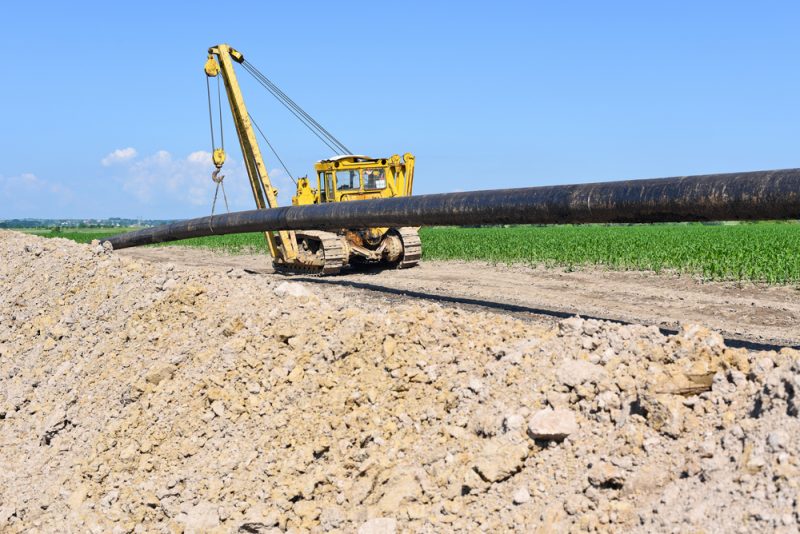FERC approves first three pipeline projects since losing quorum

The Federal Energy Regulatory Commission (FERC) approved three new pipeline projects in October, the first to be approved since the commission lost its quorum in February.
FERC regained its quorum in August when the Senate approved two new commissioners. Between February and August, FERC was unable to certificate interstate energy transmission infrastructure.
The three recently approved projects are designed to increase delivery capacity from the Northeast’s Utica and Marcellus natural gas-producing regions.
The 38-mile Supply Header Pipeline has a capacity of 1.5 billion cubic feet per day (Bcf/d)and stretches from West Virginia to Pennsylvania. The Atlantic Coast Pipeline is a 1.5 Bcf/d, 600-mile pipeline from West Virginia to North Carolina. The Eastern Shore 2017 Expansion Project involves 40 miles in pipeline expansions that will provide 0.061 Bcf/d from Pennsylvania to Delaware.
As of Oct. 24, FERC has received 12 pre-filing applications for natural gas pipeline projects since February, and 50 pipeline projects have FERC applications in process. The combined capacity of all these projects totals approximately 43 Bcf/d. They cover slightly less than 3,000 miles of both new and upgraded pipeline construction.
The nine largest projects by capacity with applications before FERC account for 63 percent of the capacity for all pending natural gas pipeline applications, a total capacity of slightly more than 21 Bcf/d. The largest proposed project, Texas’ Rio Bravo Pipeline, has a capacity of 4.5 Bcf/d and connects the Rio Grande LNG facility to available interstate pipelines.
